Western Cao Bang districts promote advantages in developing agricultural and forestry production
The Western districts of Cao Bang include 3 districts: Bao Lac, Bao Lam, Nguyen Binh, which are 1 of 3 important economic sub-regions of the province, with an area accounting for 40% of the total natural area of the province and have many potentials and advantages to develop agricultural and forestry production with special and endemic crops and livestock that bring high economic value such as: rare and precious timber trees, medicinal plants, fragrant sticky rice, blood plum trees, arrowroot trees, bamboo poles, cows, black pigs, wild pigs...
According to the Director of the Department of Agriculture and Rural Development of the province, Nguyen Thai Ha, in order to promote the development of agricultural and forestry production in this region, the province has been implementing many solutions to create positive changes in agricultural and forestry production, socio-economic development, and improve the lives of local people by issuing many policies, programs, projects, and plans on agricultural and forestry development. Specialized agencies coordinate with localities to build agricultural extension models, implement scientific and technical tasks; topics and projects on agricultural and forestry development; support production entities according to product chains; apply science and technology to production from seed selection, planting, care and harvesting; issue certificates of product traceability, build brands, and label products.
From the province's goals, orientations and solutions for agricultural and rural development, the Western districts have concretized many projects and plans for agricultural and forestry development such as: Project for agricultural and forestry development in Bao Lac district for the period 2021-2025; Project for total herd development, Project for developing specialty trees and medicinal plants in Bao Lam district; Program for developing medicinal plants under forest canopy (Nguyen Binh)... Up to now, the Western districts have formed 25 linkage chains in 3 districts of Bao Lam, Bao Lac, Nguyen Binh, of which, there are a number of relatively effective chains such as: Linking production and consumption of blood plums, Linking production and consumption of yellow pears in Phan Thanh and Dinh Phung communes, Bao Lac district; Project for linking production and consumption of pear trees in The Duc, Ca Thanh and Thanh Cong communes (Nguyen Binh); Model for production and consumption of seedless persimmon trees (Bao Lam)... bringing high income to the people.
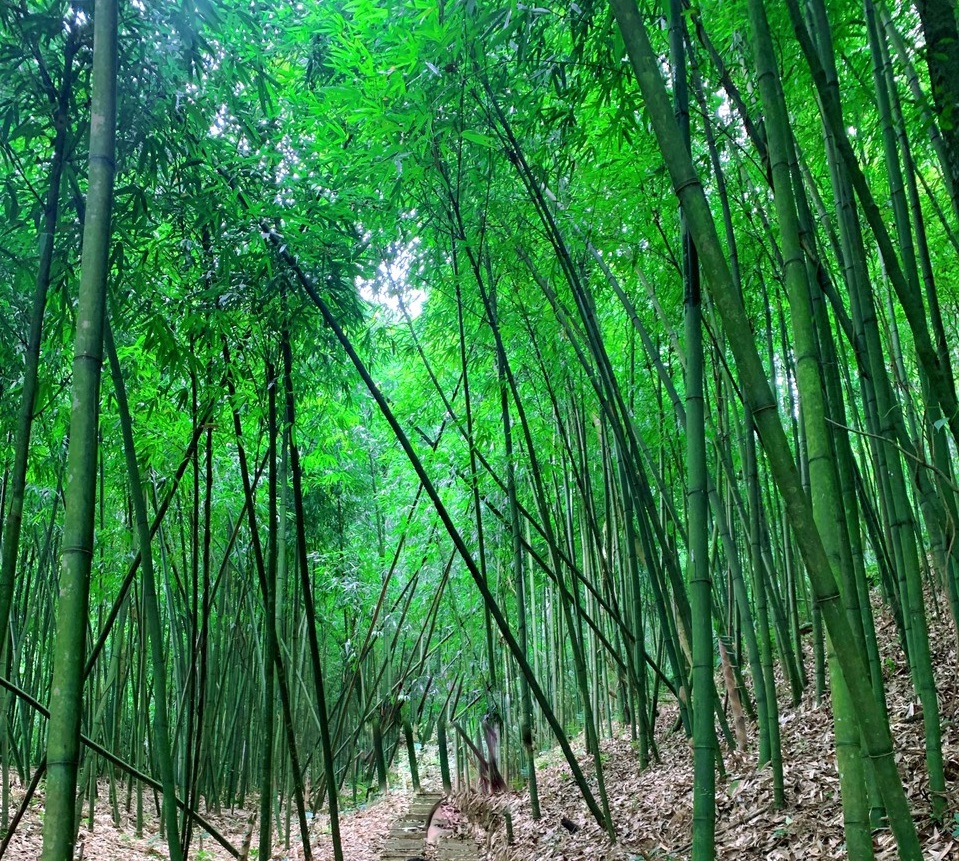
Bamboo pole is one of the products granted geographical indication.
Coordinate agricultural production linkage, effectively implement investment attraction policies in the agricultural and rural areas; deploy key projects and programs along with attention to production area planning; identify key crops, focus on technology investment and science and technology transfer; create conditions for enterprises and cooperatives to invest in stable and long-term effective agricultural product processing. Large-scale endemic commodity production areas have been formed such as: 221 hectares of pear trees, 228 hectares of cinnamon, 50 hectares of Doi trees in Nguyen Binh district; over 70 hectares of blood plum trees in Bao Lac and Bao Lam districts; 336 hectares of mulberry trees in Bao Lac... Some products are granted geographical indications: Bamboo poles in Nguyen Binh district; Bao Lac fragrant sticky rice and Dong Nguyen Binh vermicelli products are granted collective trademark certificates... which is a premise to promote the development and promotion of products of the province in general and of the Western districts in particular to markets inside and outside the province.
Thanks to the timely and synchronous implementation of solutions, the socio-economic situation of the Western districts has changed positively. In 2022, the value of agricultural and aquaculture products per unit area reached 109 million VND/ha; the total state budget revenue in the area reached over 77.4 billion VND; the total social investment capital of the 3 districts was over 685.3 billion VND; the rate of residents using clean water reached 94.9%; the number of hamlets with car roads to the hamlet center reached 89.2%; the poverty rate decreased by 6.48%/year...
In the coming time, the Western districts will focus on exploiting the strengths and advantages of the locality to develop agricultural production in the direction of commodities, creating products with their own characteristics, increasing competitiveness in the market, in which, focusing on growing specialties and endemic products such as: Huong sticky rice, purple sticky rice; hybrid corn varieties; high-quality tea; fruit trees (blood plum, yellow pear, green pear, etc.); mulberry; bamboo; vermicelli; developing and improving the quality of black pigs and native pig breeds; developing large-scale livestock farming, focusing on raising buffaloes and cows, focusing on developing local cattle breeds such as Mong cows, closely linked with disease surveillance, applying safe bio-safety farming processes; developing forestry economy, growing medicinal plants (cinnamon, star anise, polygonum multiflorum, Xom Deng, lemongrass, etc.); planting large timber forests (sapwood, acacia, xoan ta); Developing special aquatic species such as catfish, catfish, catfish, silver carp, green dam fish, and sop fish... raising fish in cages associated with lake tourism; striving to plant 800 hectares of cinnamon trees, 1,200 hectares of bamboo trees, 50 hectares of macadamia trees, 150 hectares of pear trees, and 879 hectares of star anise trees...
However, to enhance the competitiveness of agricultural products, agricultural products not only serve the consumption needs in the province but also target other localities across the country and can be exported abroad, so it is necessary to strengthen the connection between farmers, businesses and scientists to link production with processing and consumption to promote stable and sustainable development of agricultural production.
Willow
Source link


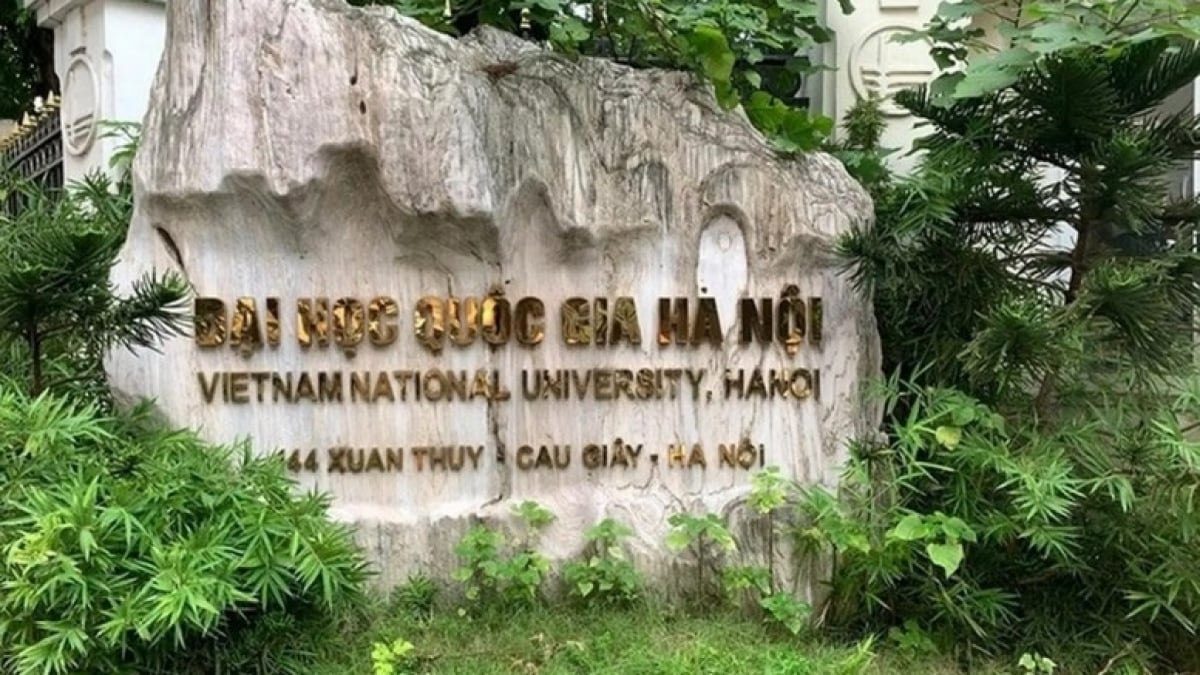

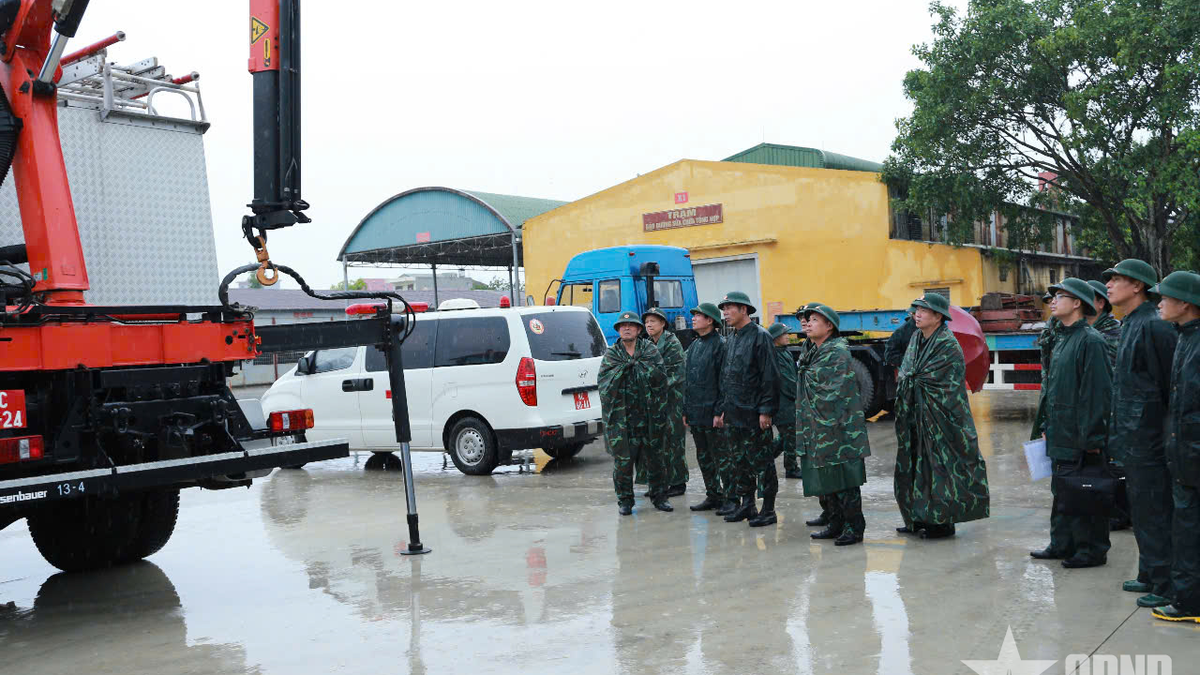
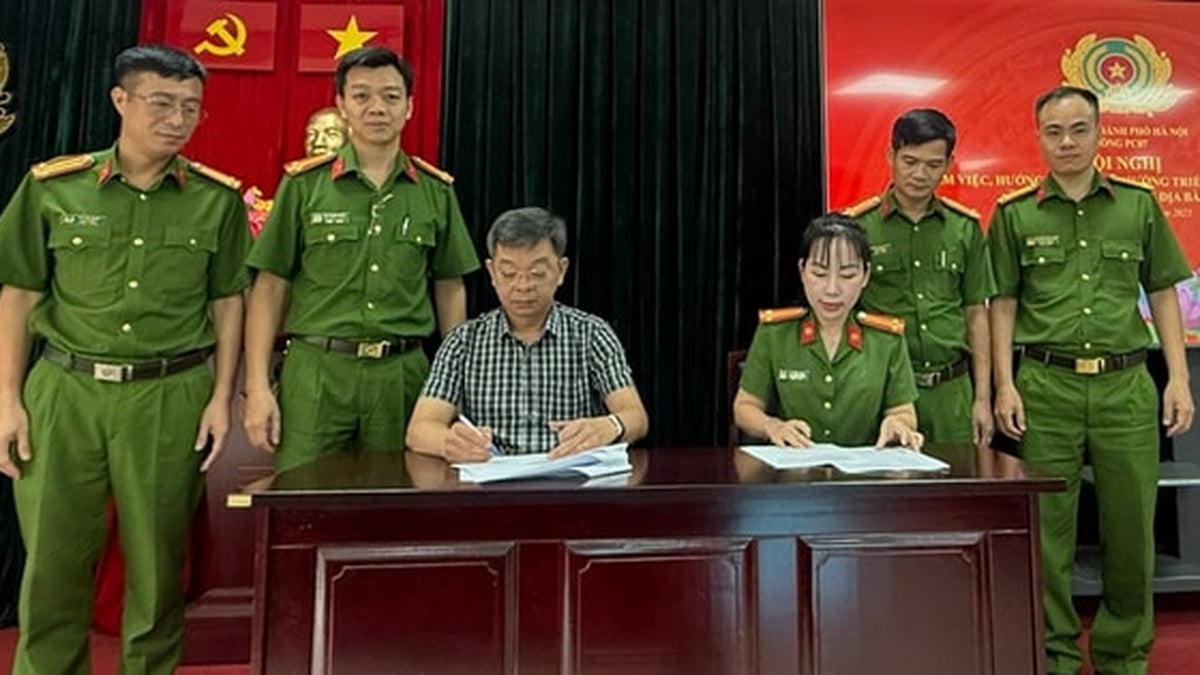


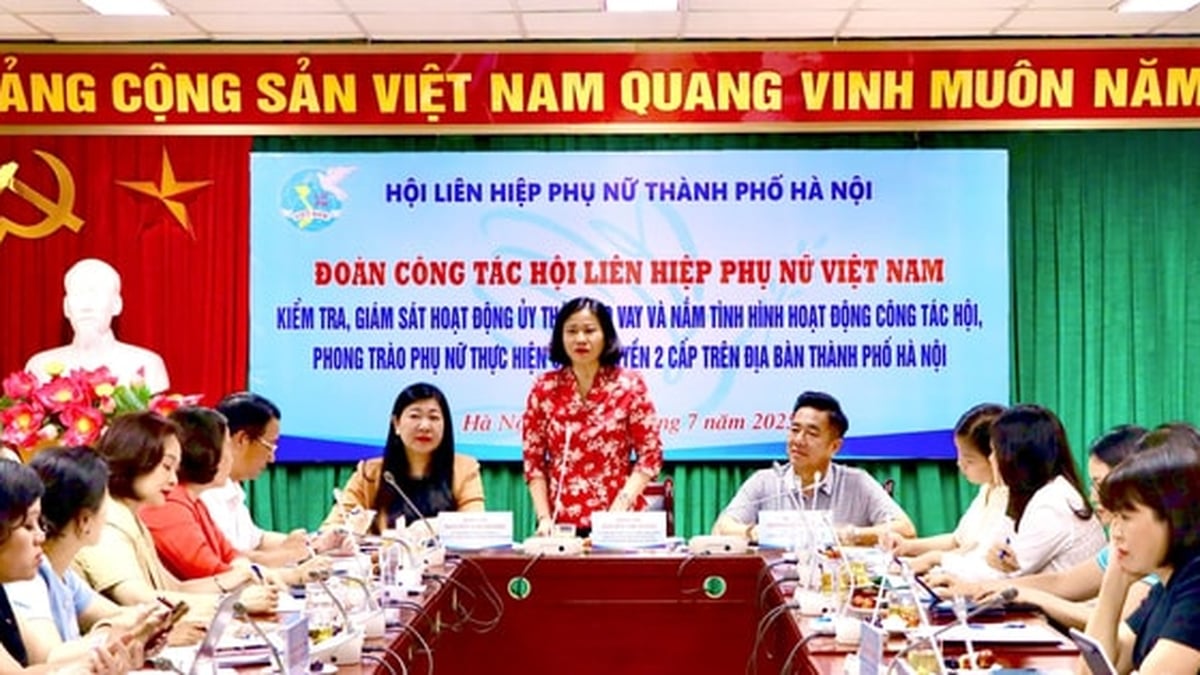
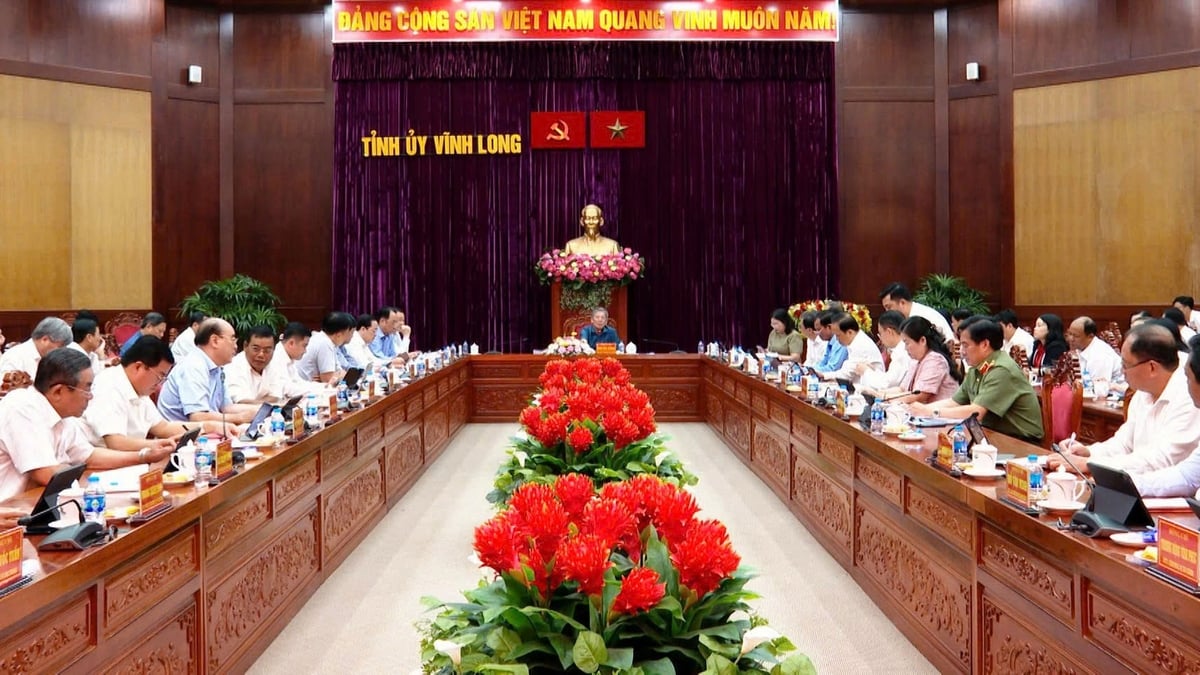
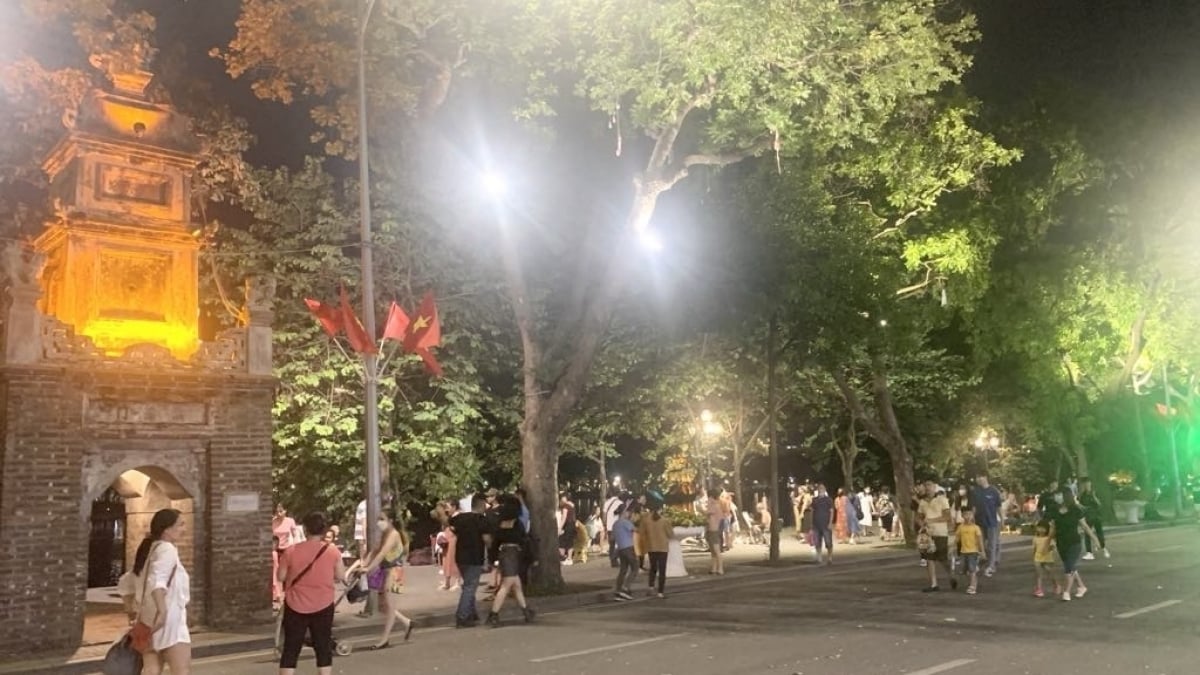
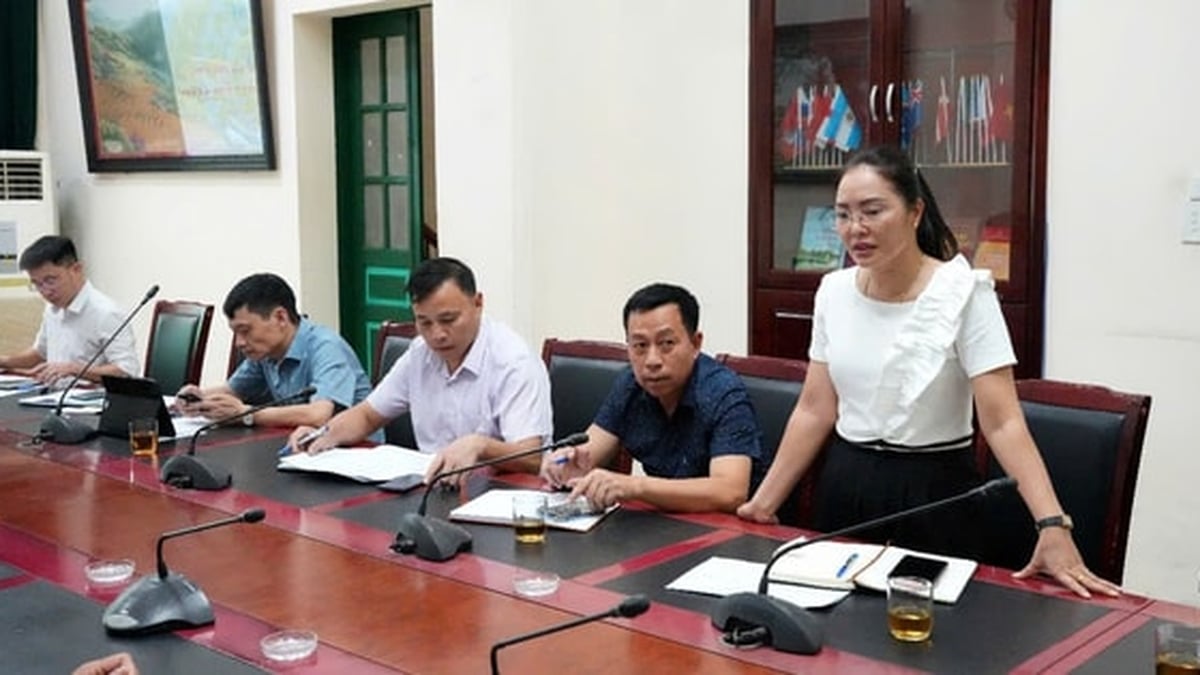


















![[Photo] National Assembly Chairman Tran Thanh Man visits Vietnamese Heroic Mother Ta Thi Tran](https://vphoto.vietnam.vn/thumb/1200x675/vietnam/resource/IMAGE/2025/7/20/765c0bd057dd44ad83ab89fe0255b783)






































































Comment (0)